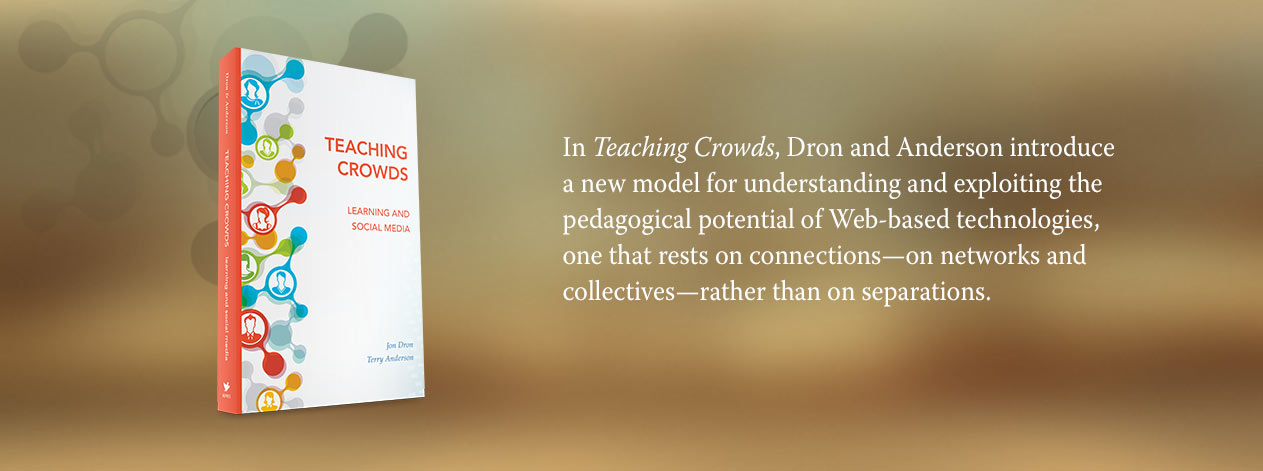In Teaching Crowds (and in a widely cited paper) we have described three generations of distance education pedagogy: the behaviourist/cognitivist generation, the social constructivist generation and the connectivist generation. In the book, we return to this model and speculate on an emerging fourth generation, the holist generation.
No generation of pedagogy ever fully supersedes the last – technologies, including pedagogies, seldom if ever die – but each adds a distinctive part to the assembly and each has become dominant in succession. Social constructivists still rely on cognitive models of learning when it comes down to the small details of a learning transaction because, though not the only thing that matters, messages still need to be transferred effectively; connectivist models assume both social construction and the need for learning content that works. Like all technologies, learning technologies (including the pedagogies they use) are assemblies, growing in complexity and richness as they exploit the adjacent possible.

We note in the book that the generations follow social forms – behaviourist/cognitivist pedagogies were fundamentally concerned with individuals, social constructivist pedagogies related mainly to groups, connectivist pedagogies relate to networks and the emerging holist pedagogies incorporate sets and collectives. It is also worth noting that there appears to have been a move from harder, rigid processes to softer, human orchestrated processes as this dynamic has played out. This is to be expected, as each generation has built on and incorporated the last, so there are more ways to do things, more options to consider, and consequently a greater human role in the process.
See chapter 2 of the book for an in-depth exploration of learning theories and models that relate to each of these generations, as well as a fuller description of the generational model.
![]()
